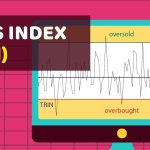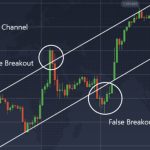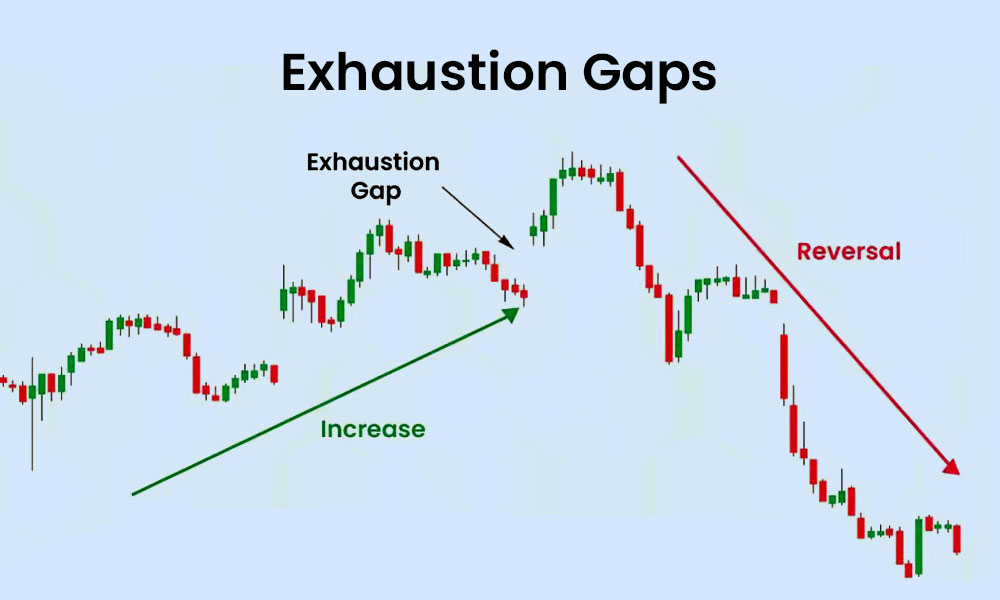
By ATGL
Updated September 25, 2025
Keltner Channels help traders visualize price movements within dynamic boundaries that adjust based on market volatility. Unlike static support and resistance levels, these channels expand and contract according to market activity, providing real-time insights into potential price targets and reversal zones. Understanding how to interpret and apply Keltner Channels can significantly enhance your ability to recognize trends in stock charts and develop more precise entry and exit strategies.
What Are Keltner Channels?
Keltner Channels consist of three distinct lines that create a dynamic trading envelope around price action. The middle line represents an Exponential Moving Average (EMA) of the asset’s price over a specified period, typically 20 periods. The upper band forms by adding a multiple of the Average True Range (ATR) to the middle line, while the lower band subtracts the same ATR multiple from the center line.
This three-line configuration creates a channel that adapts to changing market volatility, providing traders with objective boundaries for price analysis. The channel width expands during periods of high volatility and contracts when market activity stabilizes, offering visual cues about market conditions and potential trading opportunities.
When Traders Use Keltner Channels
Traders utilize Keltner Channels for multiple analytical purposes across different market environments. The indicator excels at trend identification, as the slope of the channel reveals the underlying trend direction. When all three lines trend upward, the market demonstrates bullish momentum, while downward-sloping channels indicate bearish conditions.
Volatility measurement represents another primary application, as channel width directly correlates with market volatility levels. In sideways markets, the upper and lower bands function as dynamic overbought and oversold levels, while price breakouts above the upper band often signal strong uptrends, and breaks below the lower band may indicate developing downtrends.
How Keltner Channels Are Calculated
The mathematical foundation of Keltner Channels involves three straightforward calculations:
Middle Line = EMA
Upper Band = Middle Line + (ATR × Multiplier)
Lower Band = Middle Line – (ATR × Multiplier)
Standard settings typically employ a 20-period EMA for the middle line and a multiplier of 2.0 applied to the Average True Range. However, traders can adjust these parameters based on their trading style, time frame preferences, and market characteristics.
Role of the EMA
The EMA is the channel’s centerline and provides the primary trend reference point. Unlike simple moving averages, EMAs assign greater weight to recent price data, making them more responsive to current market conditions. This responsiveness allows the channel to adapt quickly to changing price trends while maintaining sufficient smoothing to filter out minor price fluctuations.
How ATR Shapes the Channel
ATR measures market volatility by calculating the average of true ranges over a specified period. True range represents the greatest value among three calculations: current high minus current low, absolute value of current high minus previous close, or absolute value of current low minus previous close.
The ATR component determines channel width and sensitivity to volatility changes. Higher ATR values create wider channels that accommodate larger price swings, while lower ATR readings produce tighter channels around the price action.
How To Use Keltner Channels In Trading
Keltner Channels excel at identifying breakout opportunities and assessing trend strength. When the price closes above the upper band, it often signals the beginning of a strong upward move, particularly when accompanied by increased volume. Closes below the lower band may indicate developing downward momentum.
The key to successful breakout trading lies in distinguishing between genuine breakouts and false signals. Sustainable breakouts typically demonstrate decisive price movement beyond the channel, increased trading volume, and follow-through in subsequent periods. Traders who master stock charts in investing recognize these patterns and position themselves accordingly.
Channel Squeeze and Expansion Signals
Channel squeeze conditions occur when Keltner Channels narrow significantly, indicating reduced volatility and potential breakout preparation. These squeeze phases often precede major price movements in either direction, making them valuable for anticipating trading opportunities.
Entry and Exit Approaches
Keltner Channels support trend-following and mean-reversion strategies depending on market conditions. In trending markets, traders often enter positions on pullbacks to the middle line or on breakouts beyond the channel boundaries. For ranging markets, traders may employ mean-reversion tactics by selling near the upper band and buying near the lower band, with the middle line serving as a profit target.
Keltner Channel Strategy: Tips For Maximizing Effectiveness
Keltner Channels demonstrate versatility across multiple timeframes and asset classes. Day traders often prefer shorter timeframes (5-minute to 1-hour charts) with slightly tighter parameters to capture intraday volatility patterns. Swing traders typically employ daily charts with standard settings to identify multi-day trend opportunities.
The indicator performs well across various asset classes, including stocks, foreign exchange (forex) pairs, commodities, and cryptocurrency markets. However, traders should adjust parameters based on the typical volatility characteristics of their chosen markets.
Combining Keltner Channels With Other Indicators
Professional traders rarely rely on single indicators for trading decisions. Keltner Channels work effectively when combined with momentum oscillators, volume indicators, and additional trend-following tools. RSI or MACD can provide confirmation of breakout strength, while volume analysis helps validate signal authenticity.
Support and resistance levels add another layer of analysis, as breakouts that align with key technical levels often produce more reliable signals. Market insights from multiple analytical perspectives create more robust trading strategies and improve decision-making accuracy.
Common Misreads and How To Avoid Them
False breakouts represent the most frequent challenge, particularly in choppy or sideways markets. Traders can reduce false signals by requiring multiple confirming factors before entering positions, such as volume confirmation, momentum alignment, and broader market context.
Another common error involves using inappropriate timeframes for trading objectives. Matching timeframes to trading goals improves signal quality and reduces conflicting information.
Keltner Channels vs Other Volatility Tools
Keltner Channels share similarities with other envelope-style indicators but offer distinct advantages in specific situations. Bollinger Bands use standard deviation rather than ATR for band calculation, making them more sensitive to price volatility spikes but potentially less reliable for breakout identification.
Donchian Channels track the highest highs and lowest lows over a specified period, creating more rigid boundaries that may lag behind current market conditions. Keltner Channels strike a balance between responsiveness and stability, adapting to volatility changes while maintaining a consistent calculation methodology.
Pros and Cons
Each volatility tool offers unique strengths and limitations. Keltner Channels provide consistent volatility measurement and reliable trend identification capabilities, making them valuable for both trending and ranging market analysis. However, they may generate false signals during extremely volatile periods.
Bollinger Bands excel at identifying overbought and oversold conditions in ranging markets but may produce premature reversal signals in strong trends. Donchian Channels offer excellent breakout identification for longer-term trends but lack the responsiveness needed for shorter-term trading strategies.
Market conditions and trading objectives determine optimal indicator selection. Keltner Channels work best for traders seeking balanced sensitivity and stability across various market environments. Choose Bollinger Bands when focusing primarily on mean-reversion strategies in ranging markets. Select Donchian Channels for long-term trend-following approaches where capturing major breakouts takes priority over short-term signal quality.
Use Keltner Channels Like a Pro
Keltner Channels provide traders with a sophisticated yet accessible tool for market analysis and trading strategy development. Their combination of trend identification, volatility measurement, and breakout detection capabilities makes them valuable across diverse trading approaches and market conditions.
Ready to enhance your trading analysis with professional-grade tools and strategies? Above the Green Line offers comprehensive trading education and advanced analytical resources through our memberships. Access expert guidance, proven methodologies, and cutting-edge market analysis to elevate your trading performance.






